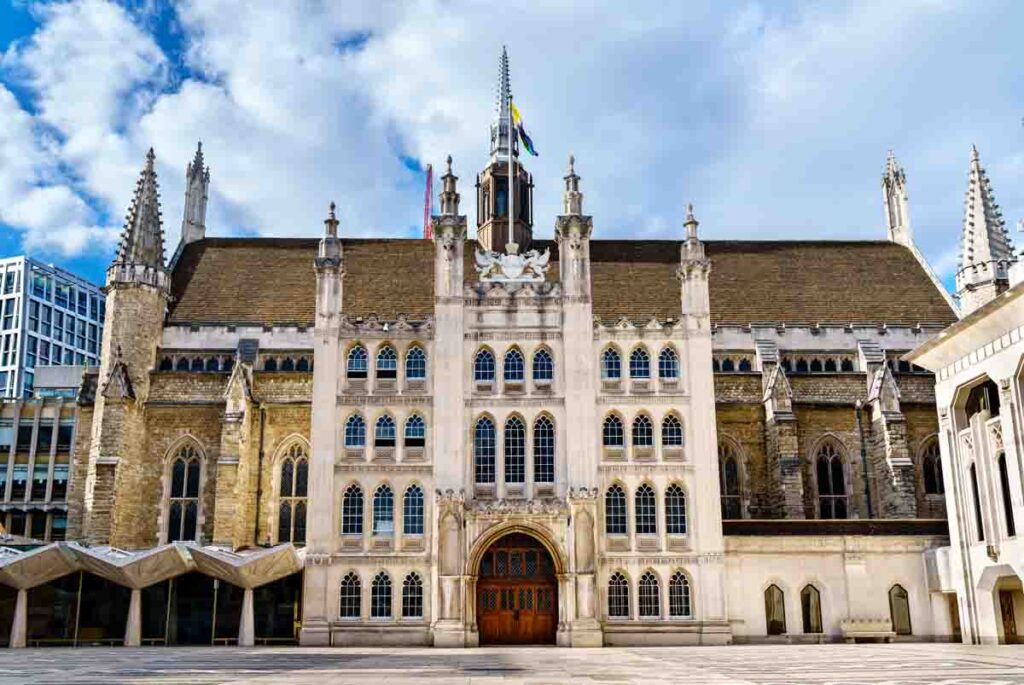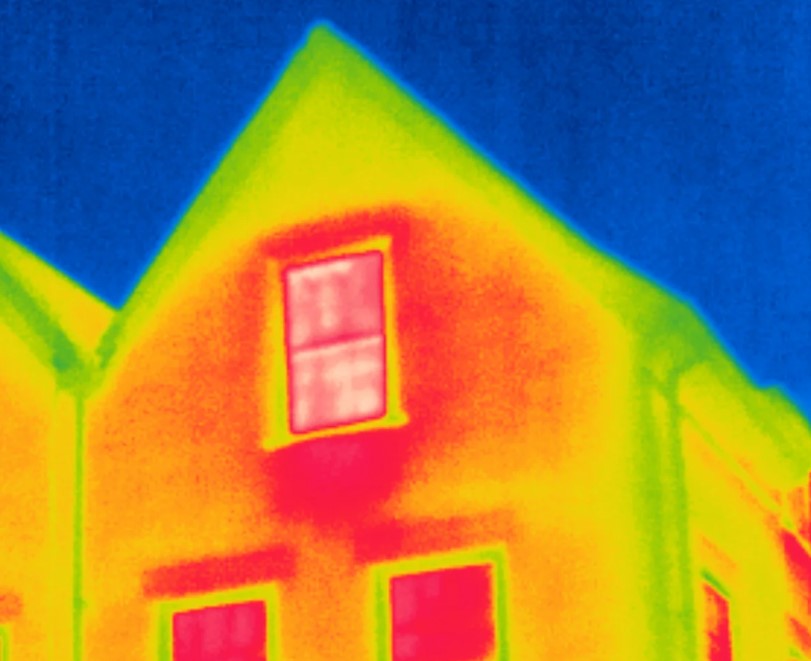


In the heart of our communities stand the testaments to our collective history and achievements: listed and period civic buildings. These structures, ranging from town halls and courthouses to libraries and museums, serve as functional public spaces and pillars of cultural heritage and societal progress. The conservation of these buildings is a critical undertaking, requiring a nuanced understanding of architectural preservation, the significance of materials like cast iron in construction, and the importance of maintaining the historical integrity of our civic infrastructure. This blog explores the challenges and strategies involved in conserving these foundations of society.
Cultural Beacons and Community Hubs
Civic buildings are more than architectural landmarks; they are central to our collective identity and social cohesion. They host pivotal public functions and events, making them vital to maintaining the vitality of community life. The conservation of these structures preserves the physical embodiment of historical moments and architectural styles and ensures that future generations can access and enjoy these communal spaces.
Balancing Act Between Old and New
The conservation of listed and period civic buildings poses unique challenges. These structures must be preserved for their historical value while remaining functional and accessible. Issues such as compliance with modern accessibility standards, integrating contemporary technology, and ensuring the buildings are environmentally sustainable while maintaining their historical integrity require innovative solutions and sensitive approaches.
Durability Meets Decorative Elegance
Cast iron has been pivotal in the construction and ornamentation of civic buildings since the Industrial Revolution. Its strength and versatility made it ideal for structural elements, guttering, and decorative features, contributing to the buildings’ aesthetic and functional longevity. The conservation of cast iron elements is crucial in maintaining the authenticity and structural integrity of historic civic architecture, requiring specialised restoration techniques to address issues of corrosion and wear.

Durability Meets Decorative Elegance
Cast iron has been pivotal in the construction and ornamentation of civic buildings since the Industrial Revolution. Its strength and versatility made it ideal for structural elements, guttering, and decorative features, contributing to the buildings’ aesthetic and functional longevity. The conservation of cast iron elements is crucial in maintaining the authenticity and structural integrity of historic civic architecture, requiring specialised restoration techniques to address issues of corrosion and wear.

Preserving the Past, Embracing the Future
The field of architectural conservation offers a range of techniques to preserve the fabric of historic civic buildings. From traditional craftsmanship in restoring cast iron elements to using cutting-edge technologies for structural analysis and restoration, conservationists employ a multidisciplinary approach. Non-invasive surveying techniques, such as laser scanning and thermography, allow for detailed assessments without damaging the historic fabric, ensuring that interventions are practical and respectful of the building’s integrity.
Success Stories Across the Globe
Examining case studies of successful civic building conservation projects provides valuable insights into the complexities and triumphs of preservation efforts. Whether it’s the meticulous restoration of cast iron features on a historic courthouse or the adaptive reuse of an old library to meet modern community needs, these projects highlight the dedication and innovation required to sustain our architectural heritage. These examples serve as benchmarks for future conservation efforts, demonstrating that with the right approach, historic civic buildings can continue to serve their communities while preserving their historical significance.
Breathing New Life into Historic Civic and Municipal Sites
As of my last update in April 2023, several notable civic building conservation projects have been undertaken across the UK, reflecting its commitment to preserving its rich architectural heritage. Here are six examples of such projects:

These projects exemplify the diverse approaches to conservation in the UK, from restoring historical interiors and exteriors to adapting iconic buildings for new uses, all while preserving their cultural and architectural heritage.
A Collective Endeavor
The conservation of listed and period civic buildings is not solely the responsibility of architects and conservationists; it requires the active participation of the community. Public engagement in the preservation process fosters a sense of ownership and appreciation for local heritage. Through educational programs, volunteer opportunities, and public consultations, communities can contribute to the conservation efforts, ensuring these buildings remain vibrant and relevant public spaces.
Innovation and Sustainability
The conservation of civic buildings will increasingly focus on sustainability and resilience. Integrating green technologies, energy-efficient systems, and sustainable materials alongside traditional conservation techniques will be key to ensuring these buildings can withstand future challenges while maintaining their historical and cultural significance. Conservation science and technology innovations will play a critical role in this endeavour, offering new ways to preserve our architectural heritage for future generations.
The conservation of listed and period civic buildings is a testament to our commitment to preserving the tangible links to our past while ensuring they remain active and meaningful in our communities. These buildings are more than mere structures; they are the foundations of society, embodying our cultural achievements, communal aspirations, and the enduring strength of our shared heritage. Through thoughtful conservation and community engagement, we can ensure that these pillars of society continue to inspire and serve future generations, bridging the gap between history and progress.
Final Thoughts
The journey of conserving civic buildings is a complex but rewarding endeavour, intertwining preserving architectural beauty with the functionality and sustainability of these community keystones. As we move forward, the lessons learned from past successes and challenges in conservation will guide us in nurturing these foundations of society, ensuring they stand as enduring symbols of our collective

Cast iron guttering and pipes are invaluable in restoring and conserving period and listed buildings, offering aesthetic and historical benefits. Their authentic appearance and durable material ensure a seamless blend with historical architecture, maintaining the aesthetic integrity of these essential structures.
Tuscan Foundry is one of the UK’s leading suppliers of cast iron rainwater systems and has played a pivotal role in bespoke castings, radius, and curved guttering for building conservation. Collaborating closely with heritage organisations, architects, builders, and developers, Tuscan Foundry has contributed to conserving many civic and municipal buildings across the UK.
Tuscan Foundry provides custom-made, high-quality cast iron components that meet the strict standards for historic preservation. We have one of the largest ranges of cast iron hopper heads suitable for historic, listed, period, civic, and municipal buildings. We can provide bespoke patterns and castings tailored to your project’s requirements.
For larger and more complex projects, we offer onsite cast iron guttering and drainage surveys and consultation visits (chargeable; please inquire). Our expertise ensures that the restored buildings will stand as a testament to civic heritage and endure the test of time.